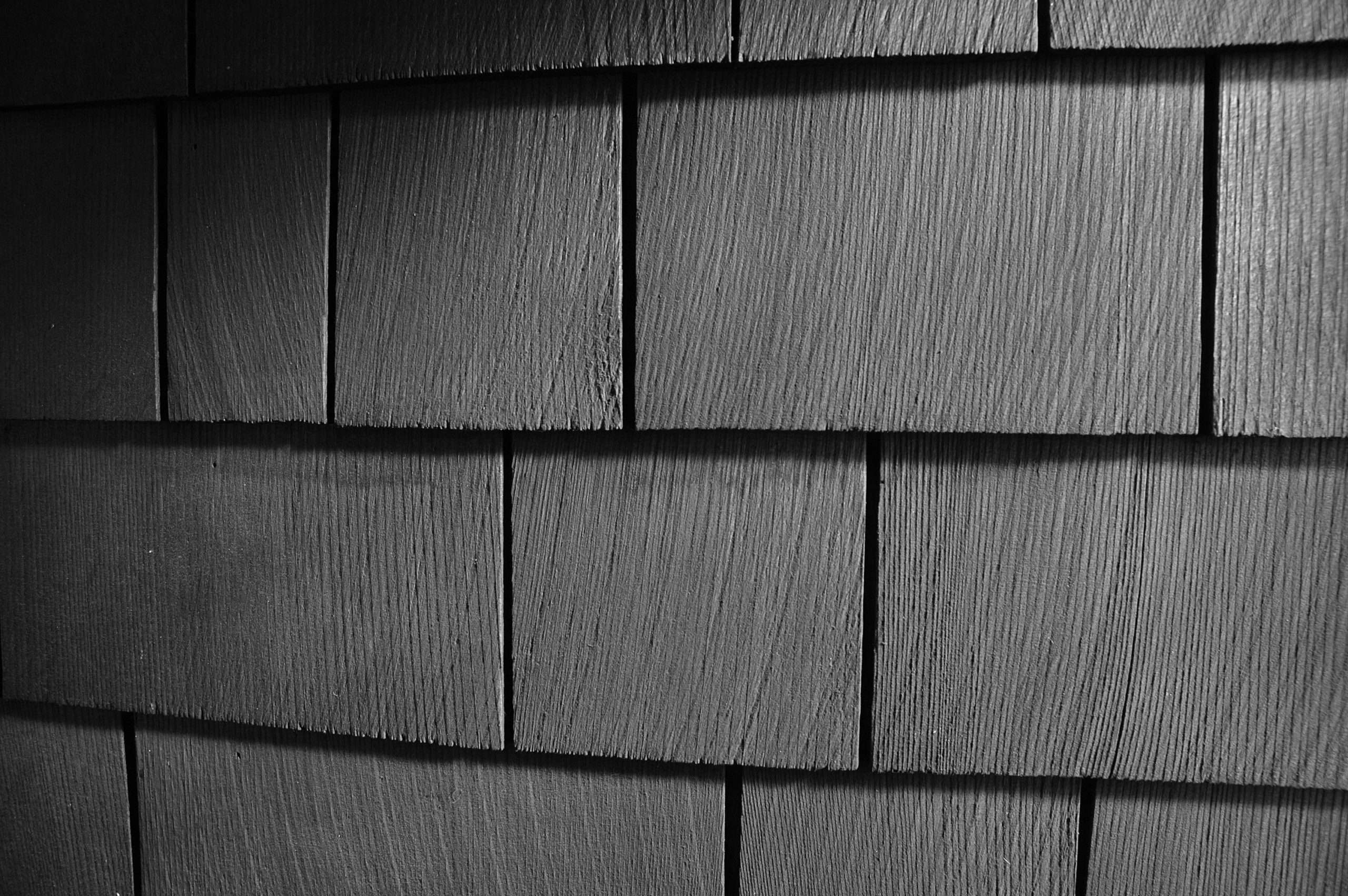Introduction
By the salt air from the coast, constant companionship is provided in San Luis Obispo. A feeling of refreshment can be experienced from this salty breeze. However, its effect on multiple home structures, especially cedar wood, should be recognized. Understandings into identifying dry rot caused by salt air in cedar wood are targeted to be provided by this Rogall + Co. blog post,as it is a common issue encountered by many homeowners in coastal areas!
Table of Contents
- Introduction
- The Definition of Dry Rot
- The Effect of Salt Air on Cedar Wood
- Dry Rot Symptoms in Cedar: Recognition
- The Process of Identifying Dry Rot in Cedar
- Effects of San Luis Obispo's Salt Air
- Conclusion
The Definition of Dry Rot
When excessive dampness is present, dry rot, known as fungal decay is caused in wood. Moisture is required for dry rot to initiate the decay, which contradicts the name it has been given. Cellulose and hemicellulose are broken down by the fungi, resulting in a weak brittle structure that compromises the integrity of a home.
The Effect of Salt Air on Cedar Wood
The decay process is accelerated by salt air in several ways. First, moisture from the environment is attracted by the saline content.
Dry Rot Symptoms in Cedar: Recognition
Cedar is widely used for its durability and resistance to decay. Its natural oils make it less susceptible to rot and insect damage. However, no wood is completely impervious, especially in environments with salt air. Over time, the salt can begin to compromise cedar's natural defenses.
The Process of Identifying Dry Rot in Cedar
To identify dry rot, look for:
- Crumbling or flaking in the wood surface
- Darkening or discoloration
- A musty, damp smell
- Cracks and splits in the wood
Effects of San Luis Obispo's Salt Air
Visual Inspection: Start by examining the cedar wood visually. Use a screwdriver to test its structural integrity.
Smell Test: Use your nose. Dry rot often produces a musty odor.
Check for Discoloration: A color change usually suggests the wood is retaining moisture.
Physical Test: Push a thin, sharp object into the wood. If it goes in easily, you're likely dealing with rot.
Professional Assessment: For a thorough evaluation, consider hiring professionals. This is particularly crucial for structural components.
San Luis Obispo's coastal environment makes it a hotspot for salt air. The moisture-laden air, combined with salt, creates a challenging environment for cedar structures. As such, homeowners need to be vigilant about inspecting their cedar structures for dry rot regularly.
Conclusion
Living in San Luis Obispo comes with the need to pay special attention to the potential hazards salt air can pose to cedar wood. Dry rot is a serious issue that can escalate if not addressed in a timely manner. Regular checks and early identification are key to managing and treating this problem effectively.
Don't let dry rot catch you off guard. If you need professional help with diagnosis or treatment, consider reaching out to experts in the area. Preserving your cedar structures is not only a matter of aesthetic appeal but also one of structural safety. Contact us today here at Rogall + Co. for a free consultation!











